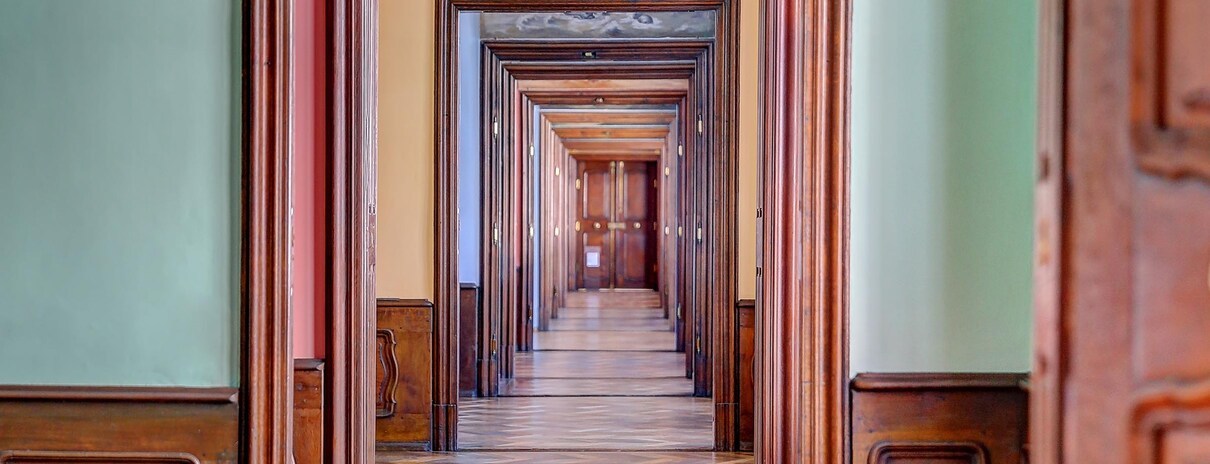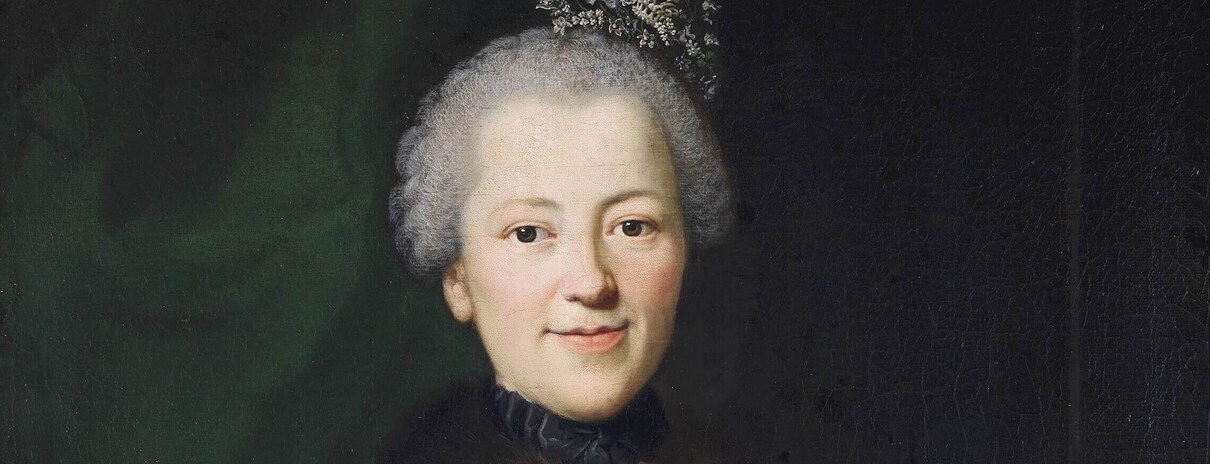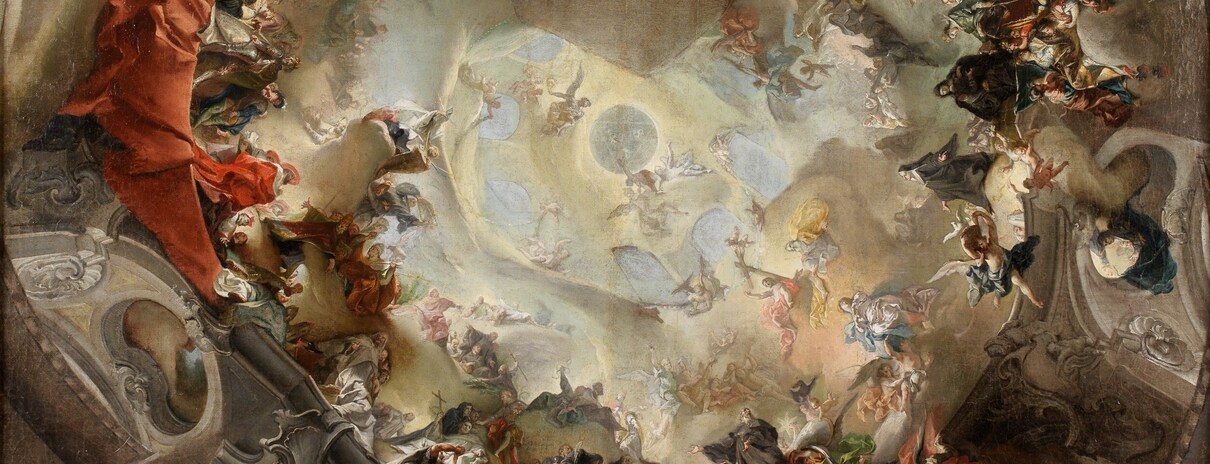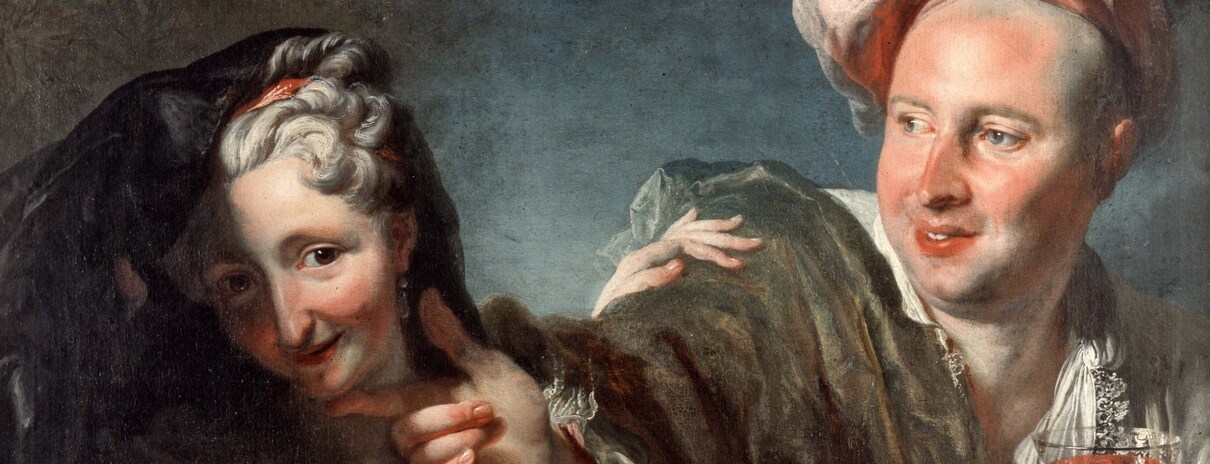
© Kunstsammlungen und Museen Augsburg

Anton Graff, Johanna Jakobina Magdalena Freifrau von Pfister © Kunstsammlungen & Museen Augsburg

Johann Amandus Winck, Still Life of Fruit with Goldfinch and Admiral Butterfly © Kunstsammlungen & Museen Augsburg

Barthel Beham, Young lady by the toilet © Kunstsammlungen & Museen Augsburg

Johann Rottenhammer, Mars and Venus © Kunstsammlungen und Museen Augsburg

Johann Wolfgang Baumgartner, Paris with the Seine © Kunstsammlungen & Museen Augsburg

Franz Joseph Degle, Maria Joseph Victoria Magdalena von Obwexer © Kunstsammlungen & Museen Augsburg

Johann Evangelist Holzer, The Saints of the Benedictine Order © Kunstsammlungen & Museen Augsburg

Pierre Gaudreau, Lovers © Kunstsammlungen & Museen Augsburg
Collection online
Enjoy art and culture at any time and any place - that's possible with our online collection. Objects from our museums can be viewed in good resolution and in great detail. Explanatory texts complement the works of art.
The online collection is constantly being expanded!


